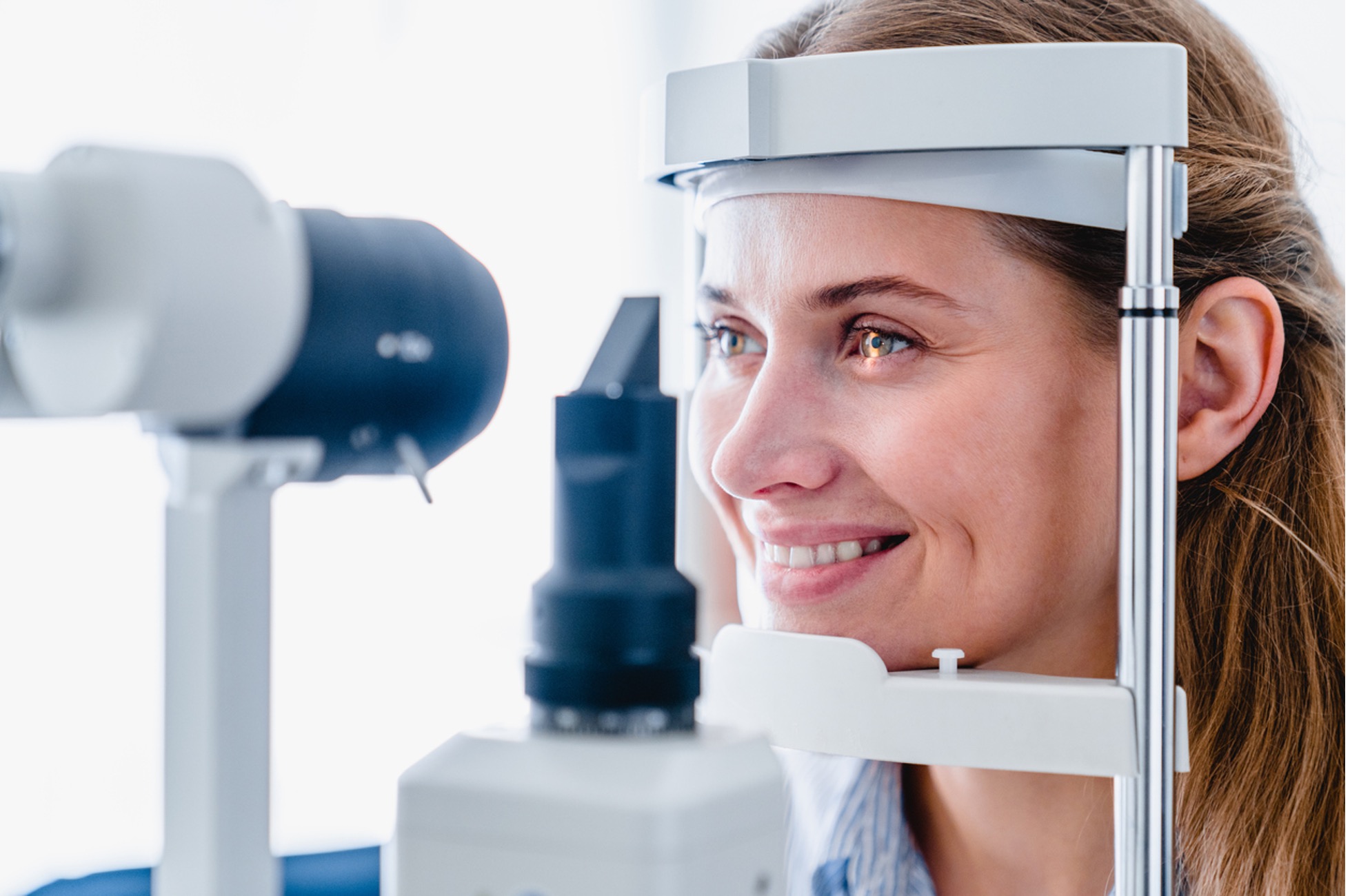Specialist Glaucoma Service Near Me: Advanced Therapy Options
The Duty of Advanced Diagnostic Equipment in Identifying Eye Disorders
In the realm of ophthalmology, the application of sophisticated diagnostic devices has revolutionized the very early identification and management of different eye disorders. From detecting refined changes in the optic nerve to checking the progression of retinal conditions, these innovations play a pivotal role in boosting the accuracy and effectiveness of diagnosing ocular problems. As the demand for specific and timely medical diagnoses continues to grow, the assimilation of cutting-edge tools like optical comprehensibility tomography and visual area screening has ended up being indispensable in the realm of eye treatment. The intricate interplay between innovation and ocular practices not just clarifies elaborate pathologies yet also opens doors to tailored therapy approaches.
Importance of Early Diagnosis
Early diagnosis plays a crucial function in the effective administration and therapy of eye problems. By identifying eye problems at a very early stage, health care companies can use suitable treatment strategies customized to the particular condition, inevitably leading to far better results for clients.

Modern Technology for Identifying Glaucoma
Cutting-edge diagnostic technologies play an important function in the early detection and monitoring of glaucoma, a leading reason of irreparable loss of sight worldwide. An additional sophisticated tool is visual area screening, which maps the level of sensitivity of an individual's visual field, helping to identify any kind of locations of vision loss attribute of glaucoma. These sophisticated diagnostic devices allow ophthalmologists to diagnose glaucoma in its very early phases, enabling for timely treatment and much better management of the disease to protect against vision loss.
Duty of Optical Coherence Tomography

OCT's capability to measure retinal nerve fiber layer density allows for accurate and unbiased dimensions, aiding in the very early detection of see here glaucoma also prior to aesthetic area defects end up being apparent. Overall, OCT plays an important role in enhancing the diagnostic precision and monitoring of glaucoma, inevitably adding to better end results for individuals at danger of vision loss.
Enhancing Diagnosis With Visual Field Screening
An important part in extensive ocular evaluations, aesthetic area testing plays a crucial role in improving the analysis procedure for numerous eye problems. By analyzing the full level of a person's aesthetic area, this examination provides important information regarding the practical honesty of the whole visual path, from the retina to the aesthetic find out here now cortex.
Aesthetic area testing is especially useful in the medical diagnosis and management of problems such as glaucoma, optic nerve disorders, and different neurological diseases that can influence vision. Via quantitative measurements of outer and main vision, clinicians can identify refined adjustments that might suggest the existence or progression of these problems, also before noticeable signs and symptoms take place.
Moreover, visual area screening permits the see post surveillance of treatment efficacy, aiding ophthalmologists customize restorative interventions to specific clients. eyecare near me. By tracking changes in aesthetic field efficiency in time, medical care carriers can make educated choices regarding adjusting drugs, recommending medical interventions, or applying other ideal steps to maintain or enhance a person's visual feature
Managing Macular Deterioration

Conclusion
In final thought, progressed analysis devices play an essential function in determining eye problems early on. Technologies such as Optical Comprehensibility Tomography and aesthetic field testing have significantly enhanced the precision and performance of detecting problems like glaucoma and macular deterioration.